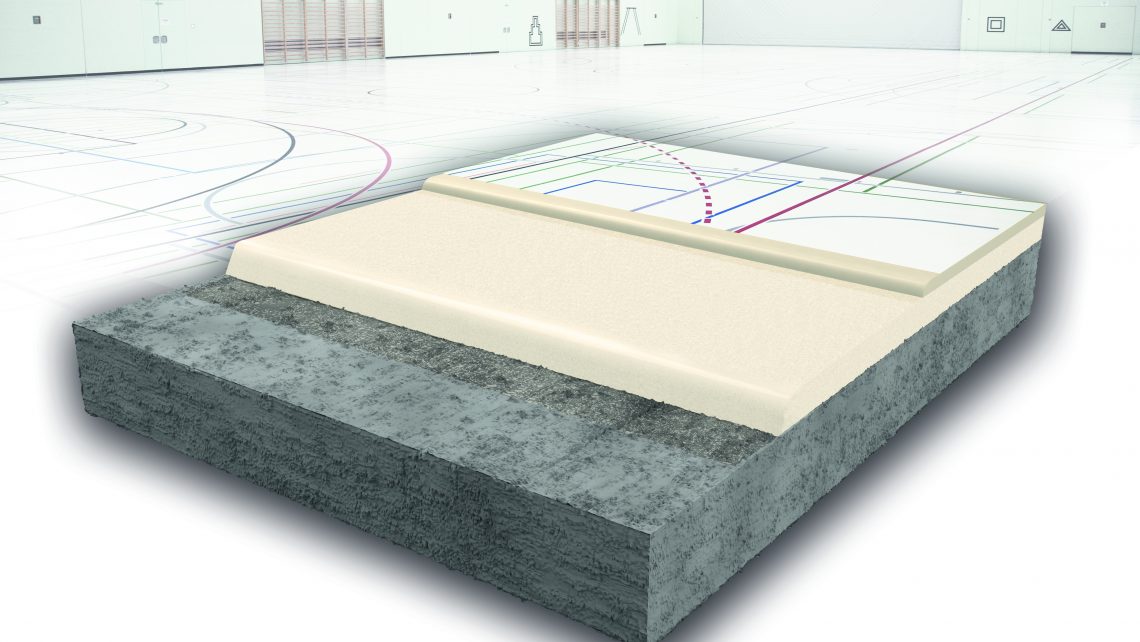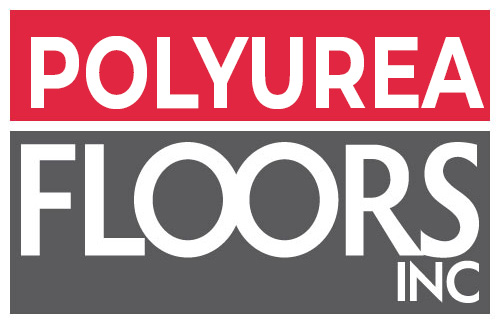The solutions of polyurethane (PUR) and epoxy flooring systems make each much better suited for different environments, and not understanding the distinctions can lead to dire effects, according to resin flooring specialist ArmorThane.

According to the specialist, which recently released an article on the subject, knowing when to use the ideal floor is vital not only for contractors but likewise for project and center managers. They discuss that each system has actually varying properties fit to particular uses. As such, choosing the incorrect option can cause pricey repairs and even total floor failure down the line.

Checking Out the Molecular Makeup
Some resemblances do exist between epoxy and PUR floor covering because both are two-component systems including a resin and hardener. When united, these two parts undergo a process of stoichiometric treating to form a solid layer. In both cases, this results in a smooth, impervious coating that can be used rapidly in large quantities, the specialist discusses. Nevertheless, the different materials that make up each coating result in unique applications.
The main difference in between the two types of products remains in the molecular structure, which impacts how each merges together throughout the treating process. While there are several kinds of parts that can be utilized to somewhat differ the end result, the specialist says PURs effectively have a higher cross-linked density than epoxies, making them the more difficult using of the two.
Because of this, PUR systems have actually long been related to using strength, toughness, and strength when confronted with a range of screening conditions. These can include heavy footfall, physical effects, severe temperature levels, and corrosive chemicals. PUR systems are for that reason extremely well suited to commercial centers, where the floor is likely to face a long list of heavy use challenges every day.

Hard Polyurethane Applications
One downside to epoxies is that they are a lot stiffer in regards to structure and can not endure intense heat as well as PUR coatings. For instance, some epoxy coatings can resist heat at temperature levels up to 65 ° C, the specialist discusses, whereas PUR systems are available that can tolerate 120 ° C.
The superior chemical resistance of PUR floorings has made them popular in the food and drink market, where destructive acids and spin-offs are discovered in big quantities. This indicates that floorings are needed that can stand up to chemical attack from organic acids as well as sugar, malt, caustic, and powerful cleaner.
When dealing with PUR floor covering, the professional states it is necessary to understand the various types. For example, there are full PUR “liquid vinyl” floors, which can produce soft surface areas underfoot due to the PUR’s elastic nature. More common are PUR deck coatings used for parking lot and PUR concrete systems, which the professional states are the most failure-resistant kind of resin flooring available.
PUR concrete is frequently discovered in challenging industrial facilities, as it can stand up to punishing effects, severe temperature levels, heavy loads, harsh chemicals, and more. The PUR concrete can likewise be personalized with anti-slip aggregates, anti-bacterial additives, and is extremely adept at handling increasing moisture. However, the PUR concrete is normally not color stable unless it has an aliphatic coating.
Epoxies Offer Aesthetic Benefits
What PUR systems give in sturdiness is often removed in versatility and looks, according to the professional. If those homes are desired, many epoxies can be adapted for numerous environments and are available in a much broader series of colors, styles, impacts, and decorative choices than PUR.
Epoxies are a popular floor choice for customer-facing locations that need to look good on top of being functional. (Images thanks to ArmorThane).
Epoxies are a popular flooring option for customer-facing areas that should look excellent on top of being functional. Picture courtesy of Flowcrete Group.
Unless there is a specific challenge or requirement for a PUR, there will more than likely be an epoxy floor that depends on the task at hand, and which can do so in bright and glossy tones, glittering light-reflective surfaces, or multi-toned swirling tones, according to the specialist.
In turn, this gives designers the creativity to install unique floorings that convey an interior decoration scheme. This is an especially good way to represent a brand identity, specific aesthetic, or to instill the environment with a wanted vibe.
This has actually made epoxies a popular floor for large-scale business places, such as shopping centers and airports, along with in less durable industrial spaces or for customer-facing processing zones that need to look great on top of being functional.
PUR systems also tend to be thicker and much heavier than epoxies when applied. While that thickness is excellent for absorbing impacts and thermal shock, epoxies can use a thinner and lighter choice if weight and area is an issue.
In summary, it’s not so much a case of which one is better, as it’s really about which one is much better for the building in question, the professional composes, adding that it has representatives readily available to assist if prospective users have more questions.

